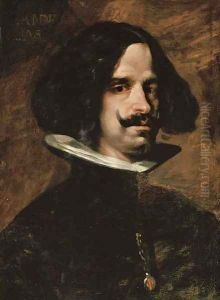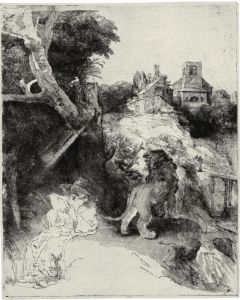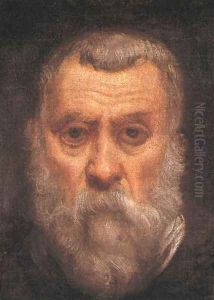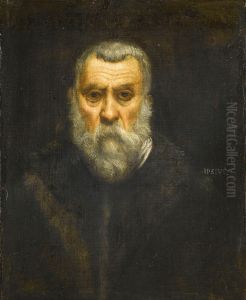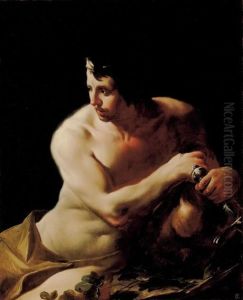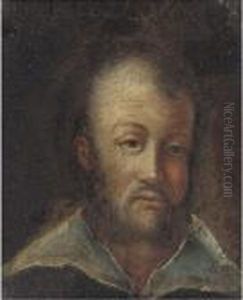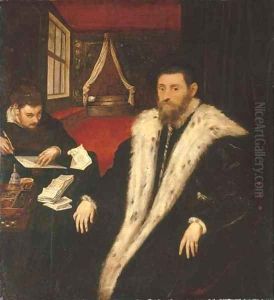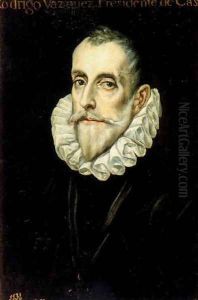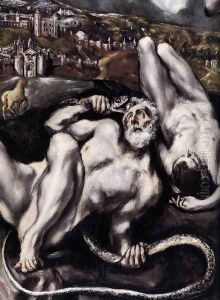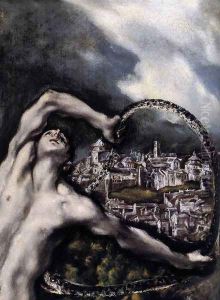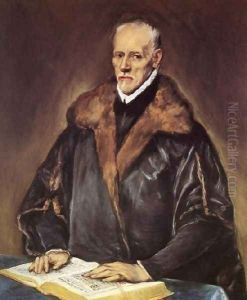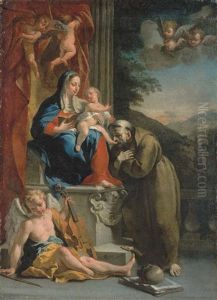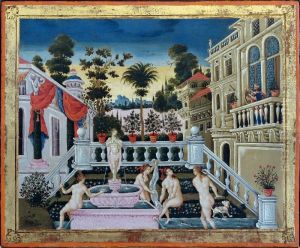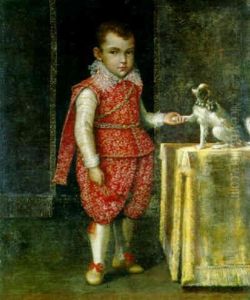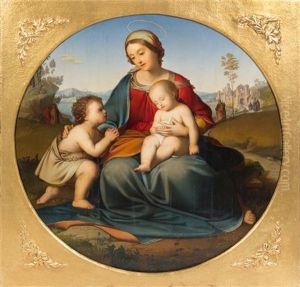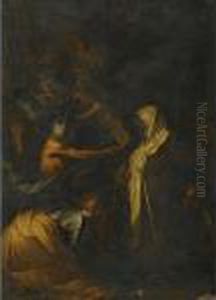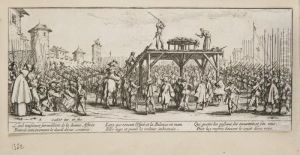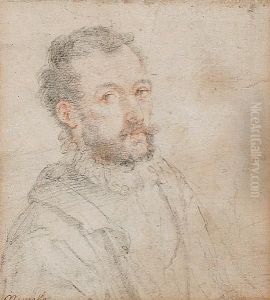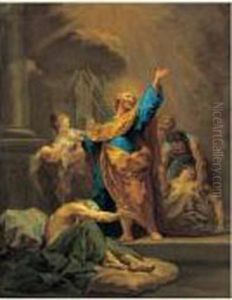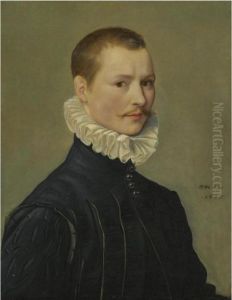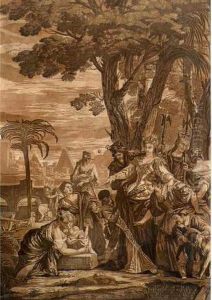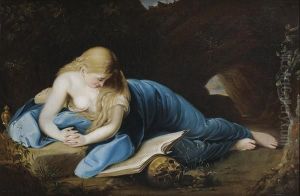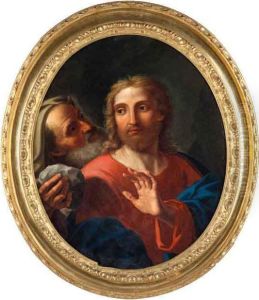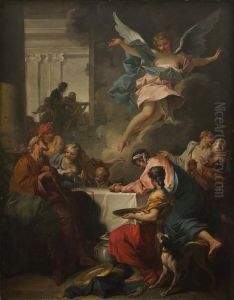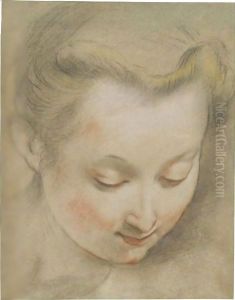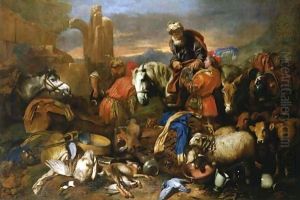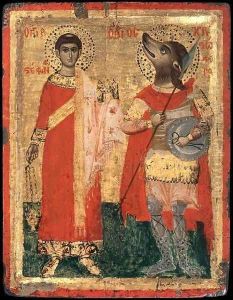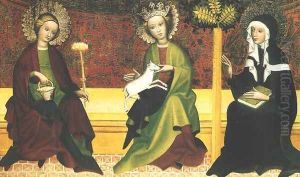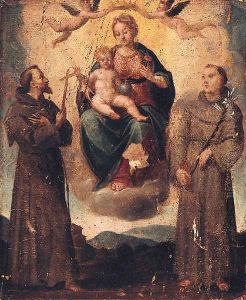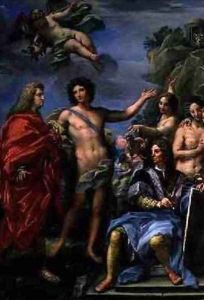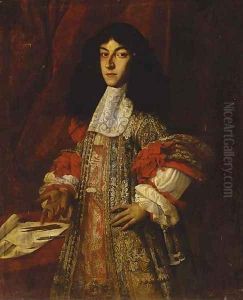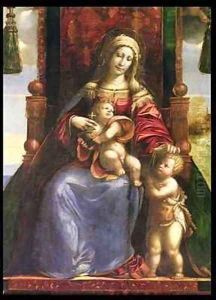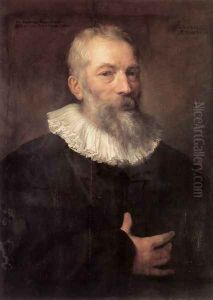Influence Of The Counter Reformation Paintings
Understanding the Influence of the Counter Reformation
The Influence of the Counter Reformation on art is profound and far-reaching. This pivotal movement in the 16th century not only transformed religious practices but also significantly shaped artistic expression. Artists sought to convey the emotional depth and spiritual fervor that the Catholic Church aimed to promote in response to the Protestant Reformation.
During this period, we see the emergence of powerful imagery that emphasizes religious themes, with the Influence of the Counter Reformation evident in works that evoke a sense of awe and devotion. Artists like Caravaggio and Rubens used dramatic lighting and intense colors to create compelling narratives that resonate with viewers. Their masterpieces serve as an enduring testament to how art can reflect and influence societal values and beliefs.
The Influence of the Counter Reformation also led to the establishment of specific artistic guidelines, which encouraged the use of art as a tool for educating the faithful. This resulted in a surge of religious paintings, sculptures, and altarpieces designed to inspire and uplift the congregation. Notably, the Council of Trent played a crucial role in dictating these artistic standards, ensuring that art remained a vital component of the Catholic faith.
As you explore the rich history of this era, consider how the Influence of the Counter Reformation continues to inspire modern artists. The themes of redemption, spirituality, and the human experience remain relevant today, reflecting our ongoing quest for meaning and connection. Collecting hand-painted replicas of these classic works allows art enthusiasts to appreciate the skill and emotion that defined this transformative period.
Whether you are a seasoned collector or a new admirer, understanding the Influence of the Counter Reformation enhances your appreciation for these timeless pieces. Discover the beauty and significance of art from this era, and let it inspire your own journey through the world of fine art.
